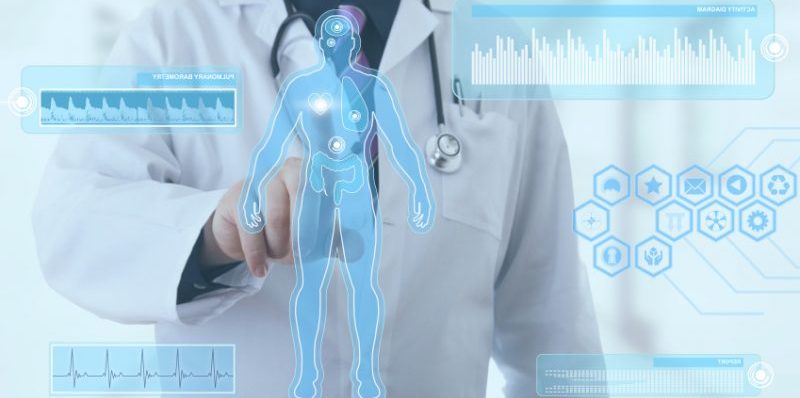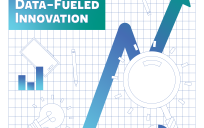The world is awash with new health technologies – Fit Bits, iPhone apps, nutrition trackers, heart rate monitors. Even healthcare, one of the most slow-moving, risk-averse sectors, is starting to see the potential of using data to improve outcomes. The government has begun to understand the advantages to digitizing health records, and to implement programs to encourage the adoption of EHRs (electronic health records).
Julia Adler Milstein, Assistant Professor of Information and Health Management Policy at the University of Michigan, spoke with Christopher Dorobek for the podcast DorobekINSIDER on EHRs and their gathering momentum in the Medicare and Medicaid systems.
A couple of years back, the transition to electronic health records was happening much more slowly. But things changed in 2009 with the HITECH (Health Information Technology for Economic and Clinical Health) Act, which created financial incentives for healthcare providers to use EHRs. Following this initiative, it became more and more common to see electronic records being used in the healthcare system.
So, what made the government want to put into place these incentives? What’s so great about EHRs?
According to Adler-Milstein, doing things the old-fashioned way has its drawbacks, because humans produce more inconsistencies than computers. “If you were given a room filled with paper records, it would painstaking and error-prone to try to understand anything about the care of individual patients or populations of patients,” she said. “We can’t deliver safe care when we’re doing things by hand.”
For instance, computers could check to make sure doctors aren’t duplicating tests on patients or prescribing medications in unsafe or inefficient combinations.
“That’s in fact exactly what [computers] are built to do – run algorithms and figure out whether you’re trying to do something that should or shouldn’t be allowed,” Adler-Milstein explained.
But, she continued, using electronic records to administer care is merely the first step in fully optimizing data to improve healthcare. What’s next? Basically, one day health data will be used much more holistically, with constant data collection and analysis for each individual patient to best serve their overall health.
“There is still a real ways to go before getting to the Holy Grail where we’re constantly using data to inform what is the best treatment for you, how well are you responding to your treatment, and giving you much better access to both your care and information to your care,” she said.
Amidst all of this customer-centric potential, the government actually has a real responsibility to patients, according to Adler-Milstein.
“Patients don’t have a lot of power in this, so it’s a classic case where the government has a role to play,” she said. But at the same time, they have to be careful not to overstep the boundaries. “I don’t think anyone wants to feel like a congressperson is designing your EHR – that’s not what they’re good at.” Rather, government leaders should foster policies that allow for more qualified individuals to implement those changes.
So how will all of these changes pan out in the coming years? According to Adler-Milstein, there’s tremendous potential for improvement. More and more data is being captured, which means that systems can be changed and reworked for the better.
This will involve third party developers, Adler-Milstein thinks. App developers will more and more start to mine the available data and make it useful and understandable for the patient.
After all, people love to feel like they’re taking health into their own hands. And soon, we’ll all be using data to track and improve our wellbeing.





Leave a Reply
You must be logged in to post a comment.